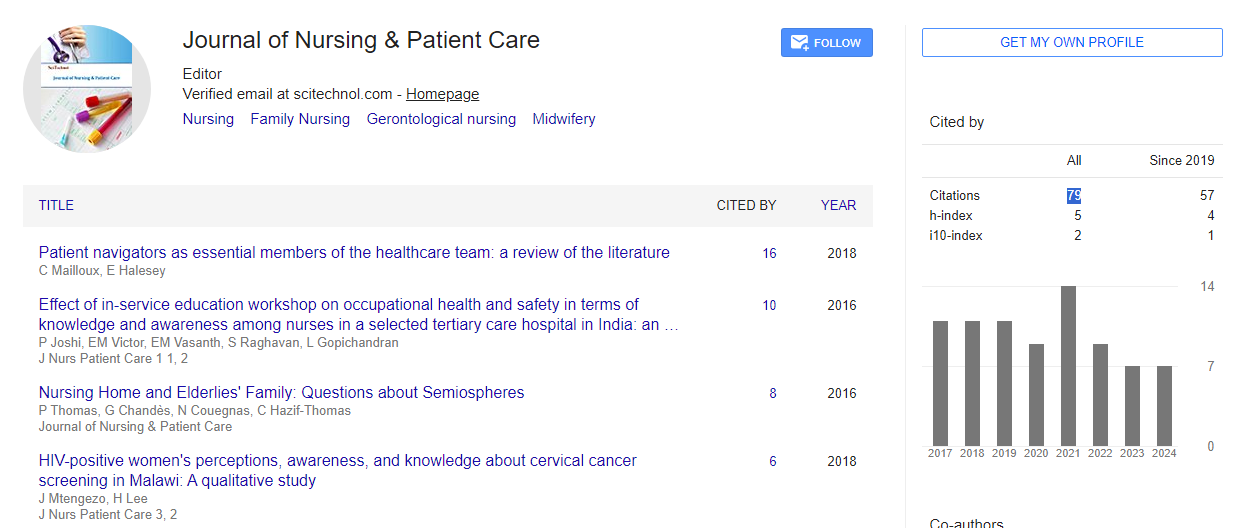Home-based palliative care: A strategy for keeping intensive care unit beds vacant
Heshmatolah Heydari and Abdolrahim Hazini
Lorestan University of Medical Sciences, Iran
: J Nurs Patient Care
Abstract
The increasing prevalence of chronic diseases throughout the world is an undeniable phenomenon. 395,000 deaths occurred in Iran in 2014 and about 76% of them were related to chronic diseases. Cancer is one of the chronic diseases that are progressing rapidly. In Iran, cancer is known as the third cause of death. Adult morbidity rate of cancer in different regions of Iran is estimated 48-112 cases per million people among the females and 51-144 cases per million people among the males. Also, mortality rate related to cancer was about 53500 people in 2014. In fact, 13% of all deaths related to chronic diseases are caused by cancer and the majority of cancer patients expire in the Intensive Care Units (ICU), whereas bed occupancy of ICUs is in crises, being about 100% in Iran. For each ICU bed, people are applicants. In this situation, firstly, a number of patients do not have access to the ICU beds and secondly, because of the need to ICU beds, the admitted patients in ICU wards are discharged earlier than the standard time for each disease. According to the head of the Intensive Care Association, the shortage of ICU beds is about 10000 in Iran, whereas setting up each ICU bed requires a high cost. In the current condition, due to the high cost and shortage of nurses in Iran, setting up of ICU beds is a challenge for the health system. WHO introduced homebased palliative care to improve the quality of life, quality of care, quality of death and patient satisfaction; decrease burnout in staffing and mortality in hospitals; reduce the cost, accept end of life as live days; neither accelerate death nor prolong life; consider all dimensions of human; help the patients to be active until the time of death; help the patient’s family to cope with the disease and loss of patient; and release the beds in hospitals. Although hospital beds are considered for healing the patients not a hospice for them, the majority of cancer patients die in the hospital and on the ICU beds and to the last moments of life, they receive specialized cure and occupy ICU beds, while the specialists are aware that this treatment is unfruitful and this reality is supported by science. In the developed countries, the gap between death and specific cures is considered as an indicator of the quality of physician services and more length of time will be better indicator for physician services, while cancer patients in health system of Iran receive specific treatment and chemotherapy even to moment of death. To consider countless benefits of home care and the patients’ desire to receive services at home, if we can provide the conditions that at least 20% of end stage cancer patients in receive home based palliative care, 1000 deaths will occur at home yearly and 1000 ICU beds will be released for use for other patients with better prognosis for survival. Therefore, health system authorities in Iran should considered home-based palliative care of cancer patients as a priority.
Biography
Heshmatolah Heydari has his expertise in community health nursing. His interest is delivery of home health care to chronic disease. Currently he is working as an Assistant Professor in Lorestan University of Medical Sciences, Iran.
 Spanish
Spanish  Chinese
Chinese  Russian
Russian  German
German  French
French  Japanese
Japanese  Portuguese
Portuguese  Hindi
Hindi 